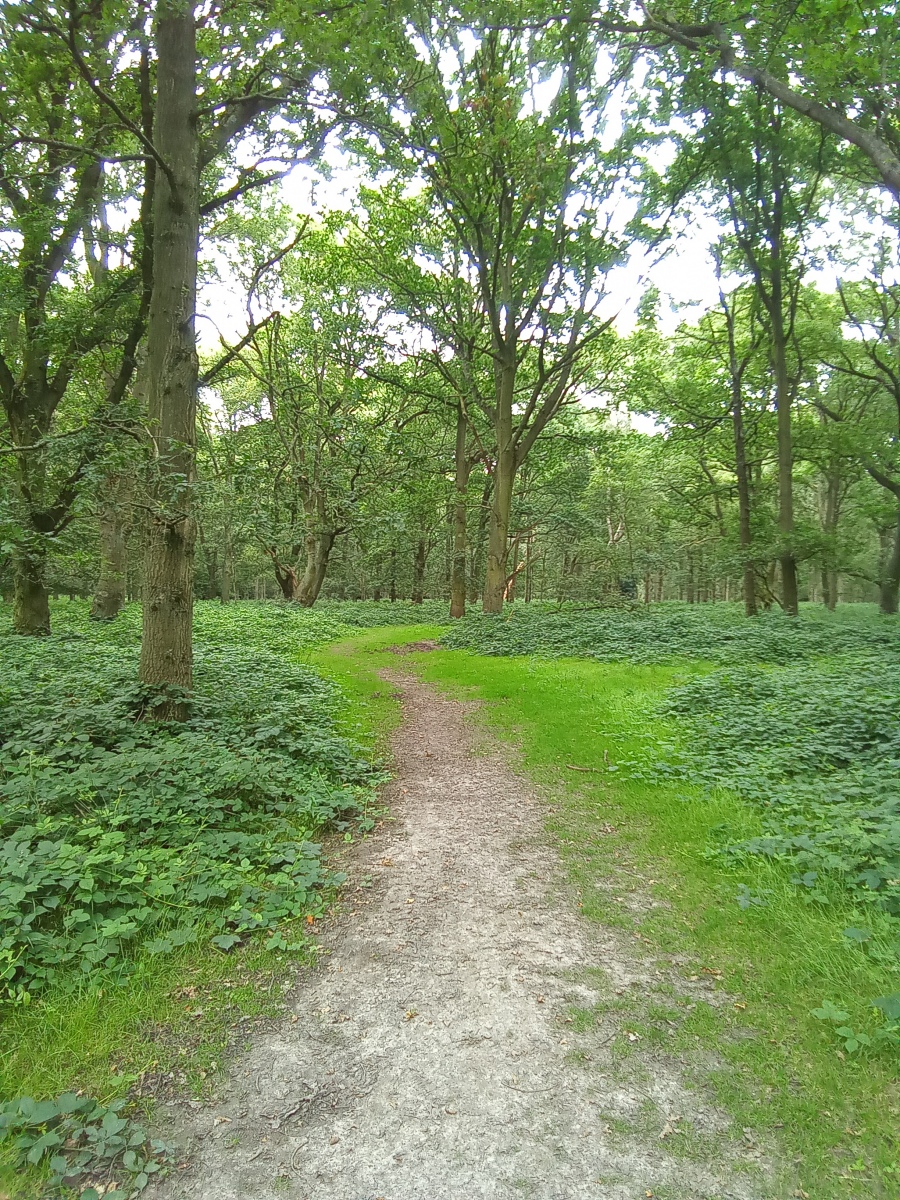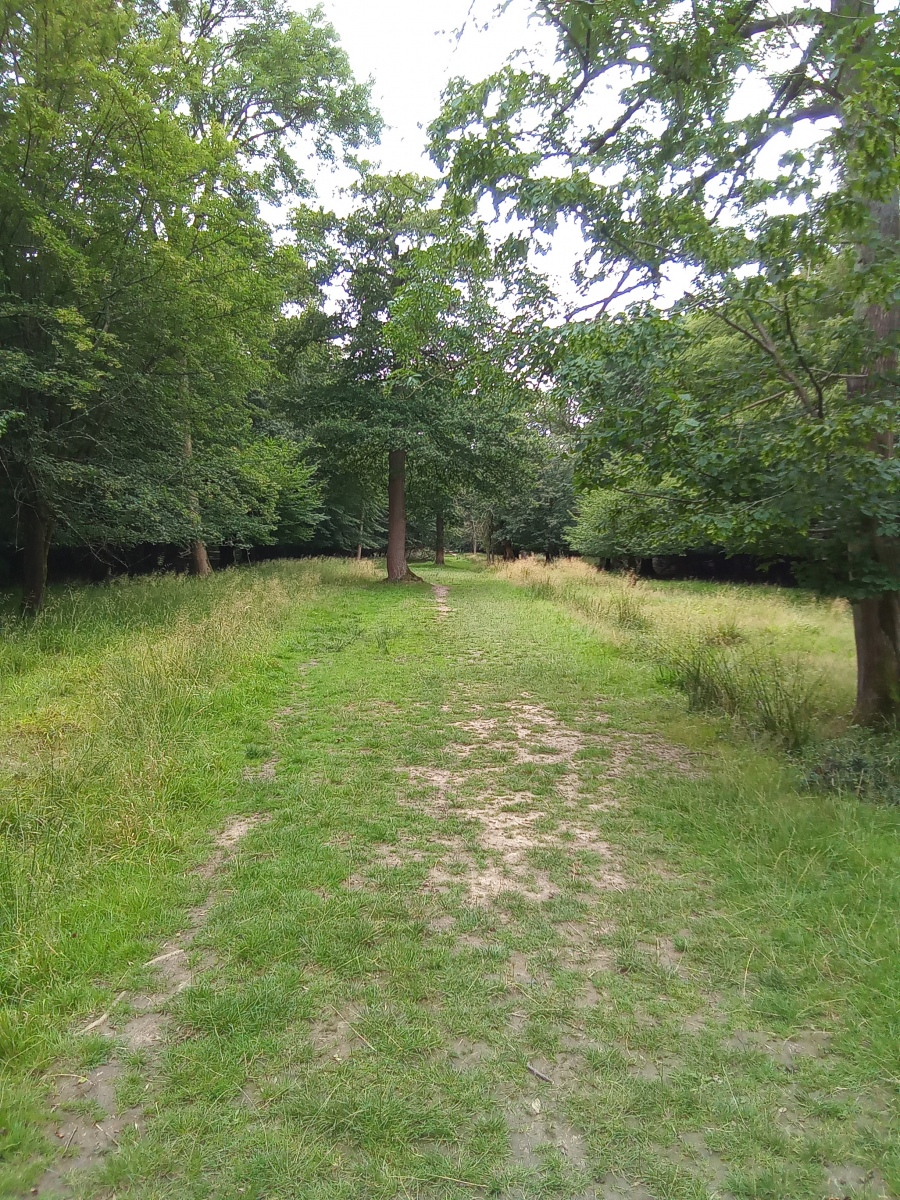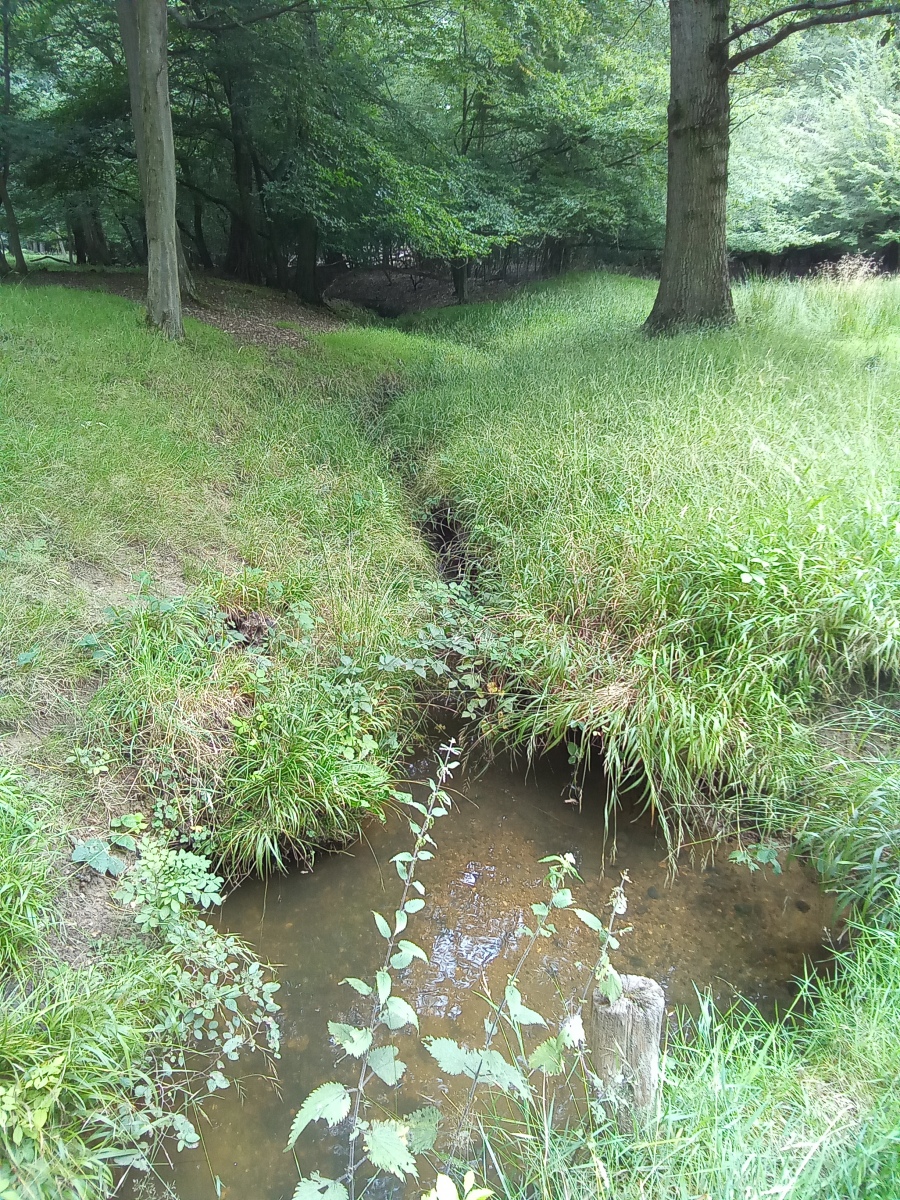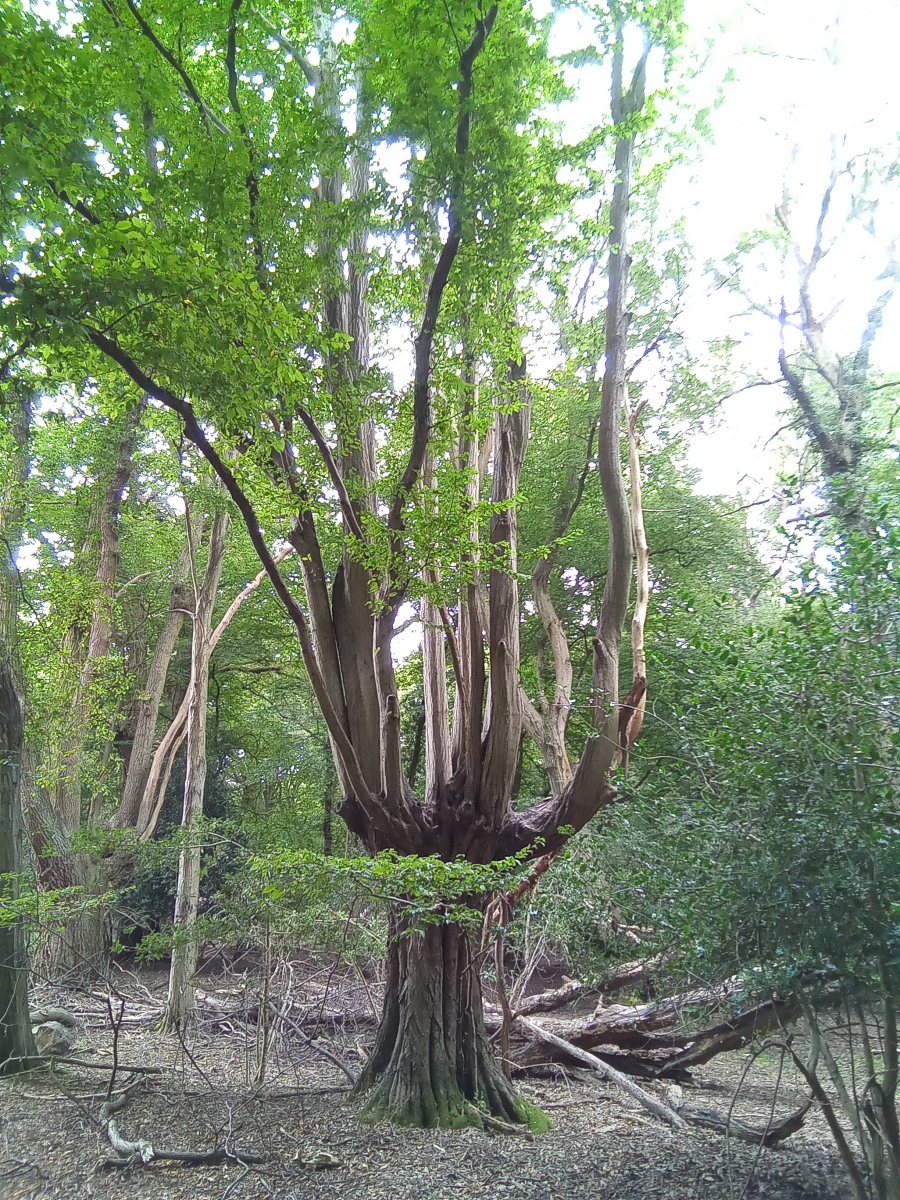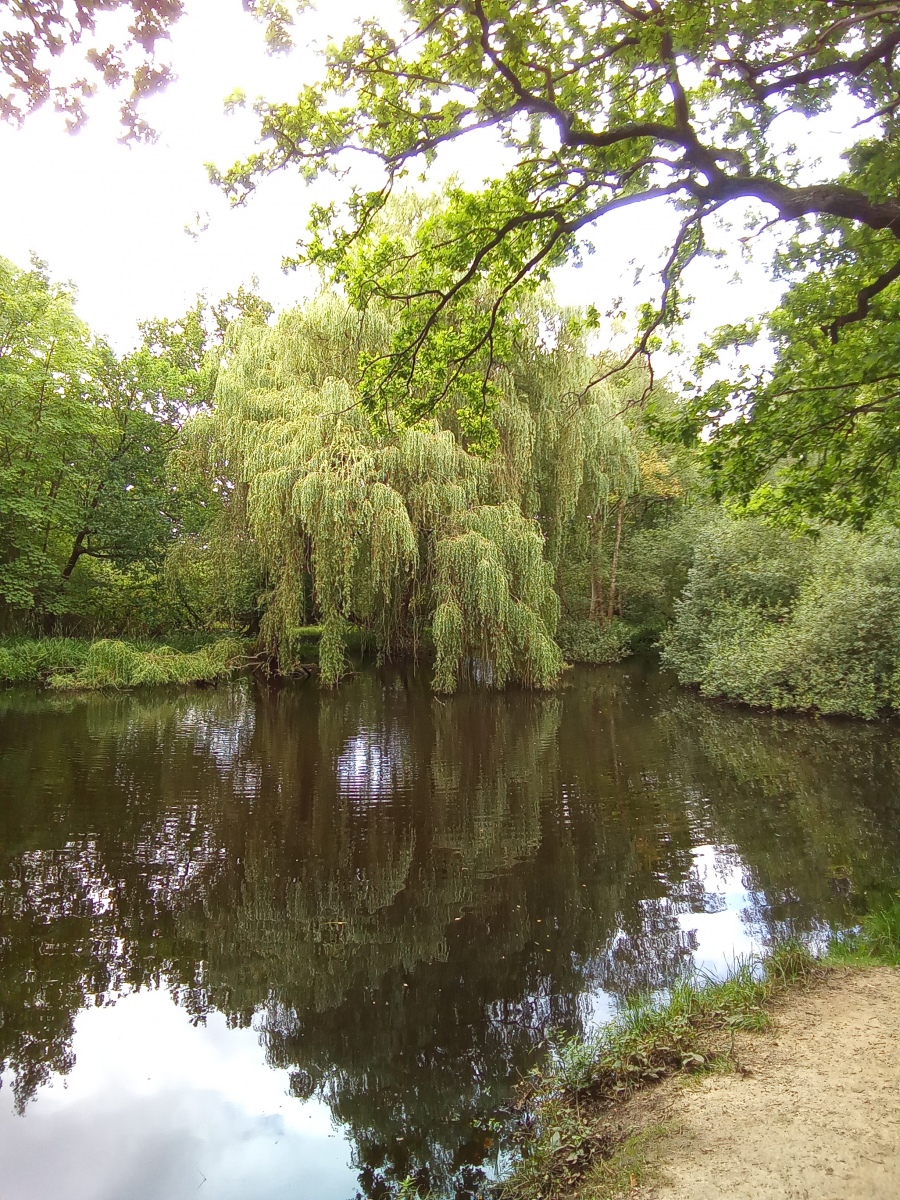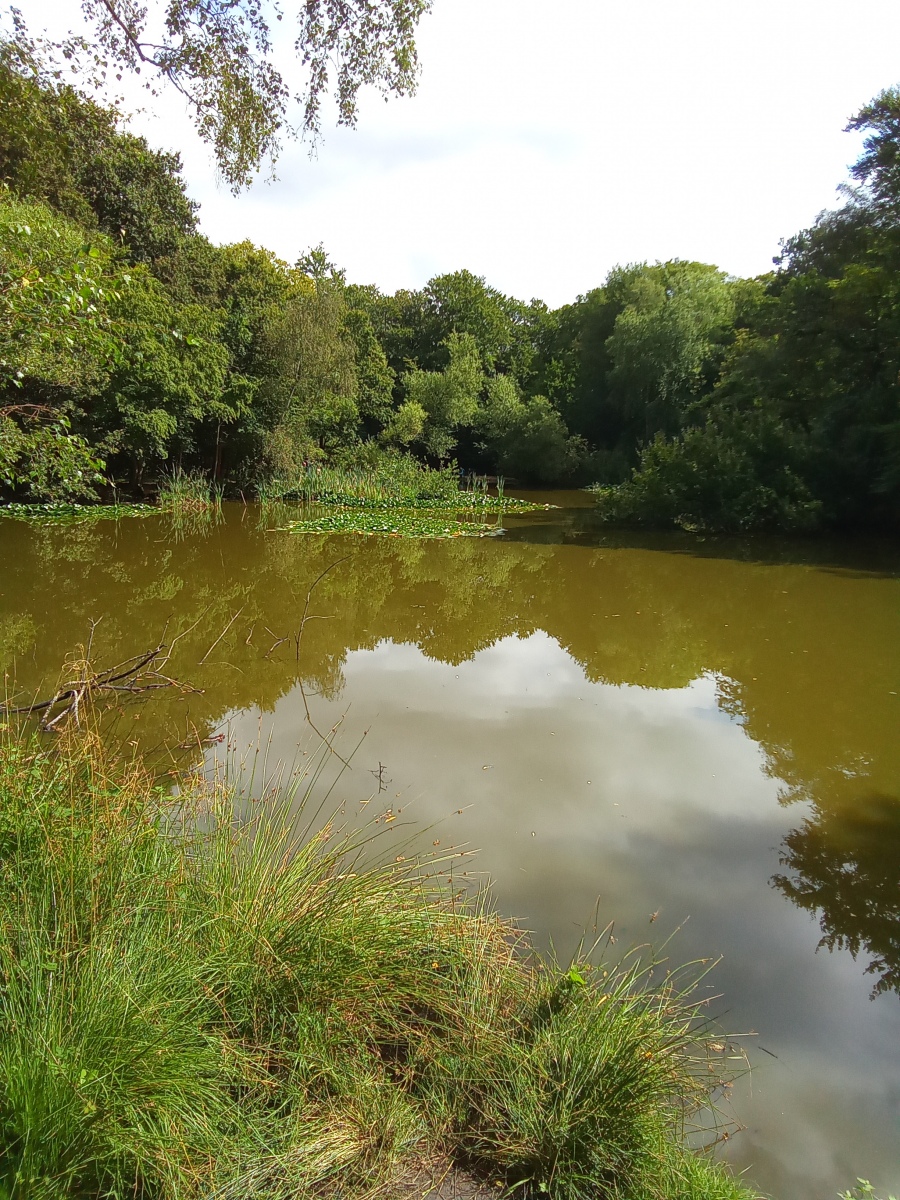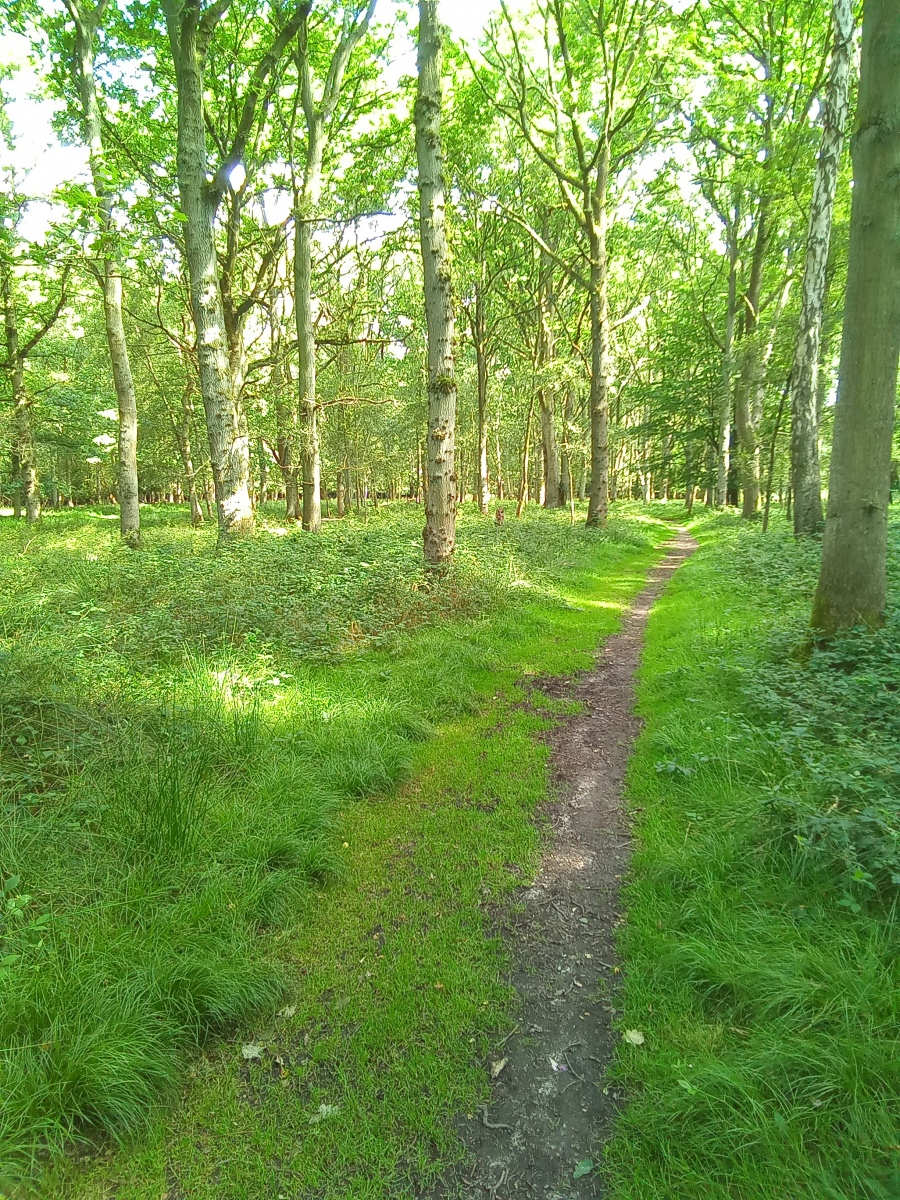Wintry Wood, The Lower Forest
Wintry Wood or the Lower Forest is part of Epping forest which is owned and managed by City of London Corporation. It sits in isolation from the main body of the forest to the North of Epping town, between Thornwood Village and Coopersale. This land is an important historical area which has seen a lot of human influence over the centuries. Although Wintry Wood was not included in the Epping Forest Act of 1878 it is still part of the Epping Forest Site of Special Scientific Interest area and is managed in the same manner as the main forest.
At one time Wanstead Flats was known as the Lower Forest and although that name has now transferred to this area of forest in the north, it has been subject to more than one name change over the centuries. To help explain this we need look no further than just across the street. Wintry Park Farm is situated immediately to the west across Thornwood road. The name Wintry is believed to have been a 12th century reference to ‘Winter inclosure’, and the name of Wintry Park Farm was in use by the 14th century. There were two wooded areas on the farm, one to the south and another larger one to the north covering much of the common called Wintry Wood. Records show that in the late 17th century this name ceased to be used on maps at the farm and was transferred to the area of Epping Forest across the road instead which we now know as Wintry Wood or the Lower Forest.
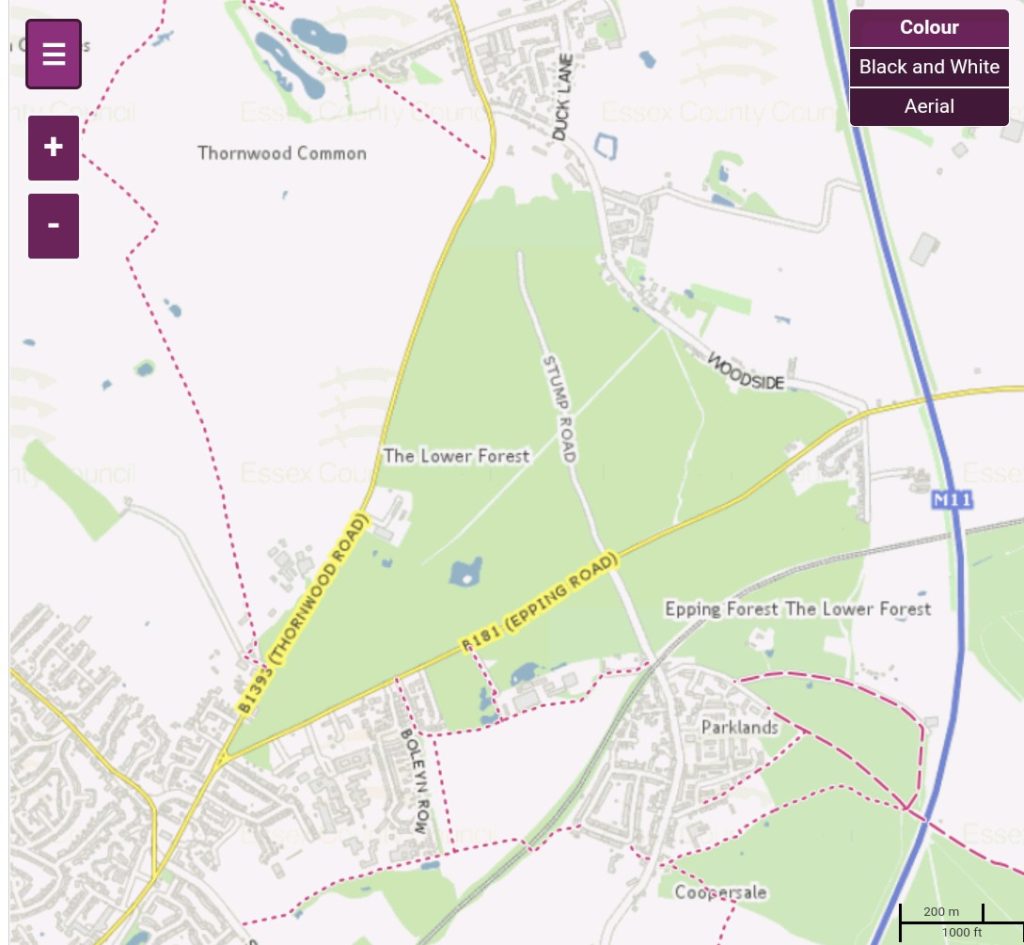
Public right of way map credit to Essex County Council
Although separated from the forest this location shares many of the same species. This is a mixed Oak and Hornbeam woodland with numerous surviving ancient pollards and coppice stools and like the main forest, pollen analysis from deep soil samples reveals that this would have been predominantly Lime tree woodland in the Bronze Age.
Remnants from the former Wintry Park Brick and Tile works beside the Brickfield Business Centre at the western edge of the wood are of great scientific interest and provide important insights into the prehistoric geology on which the forest grows. The brickworks supplied Copped Hall and were in use in 1838 and continued production until the mid 1890’s. A row of workers cottages were built nearby. The walls of the former brick pits have considerable educational value being one of the few places in Essex you can see the deposits of boulder clay used in brick making. The old workers cottages are now inhabited as private dwellings, so please remember to respect the privacy of residents if you are exploring the wood around the cottages.
Bore samples from Thornwood just north of the site show that the clay would have been several metres thick in the area and provided a substantial source of brick clay over a lengthy period. These clays of Jurassic origin were laid down during the Ice Age when glaciers and ice sheets were shifting under immense pressure and brought with them gravels and chalk deposits from Cambridgeshire and Suffolk. The glaciers would have been over a mile high in places and the associated Anglian ice sheet extended as far as south Essex. The existence therefore of bone fragments from Ice Age mammals like Woolly Mammoth in the forest is unsurprising.
To the south nearer to Coopersale evidence of a possible Roman Tile kiln was discovered. The Stump Road which runs north to south through the centre of the wood has been referred to as being medieval in origin but the Historic Environment Characterisation Study in 2015 by Essex County Council suggests that this may in fact be part of a Roman trackway linking Cambridge with London. It is likely a number of earthworks from both the Roman and Medieval periods remain buried here. South of the B181 Epping Road in the smaller wooded area between The Woodyard and The Plain a section of 13th century Perlieu Bank remains. This is a physical reminder of the signing of the Magna Carta in 1215 when Royal forests were marked out with a ditch and bank system. These are considered very rare in the district and have a high potential to contain archeological material. A second larger one survives to the south between Great Gregories farm and Theydon golf club.
In centuries gone by many of the trees around the forest were given the Kings mark for their suitability to be used in ship building, meaning that nobody else was allowed to cut them down for any other use. This practice continued until the early 17th century when all suitable trees had been removed and often displeased locals. Surveyors were appointed to ensure no such trees were removed unlawfully. According to records at least one Lord of the Manor was brought to Court for the illicit felling of 150 trees in Wintry Wood over a 5 year period. Manor Leet Court at that time was held under a Maple tree on the road between Cobbins bridge and All Saints Church on Upland Road. On the Chapman and Andre map of Essex 1777 the site of the Upland Leet Court along the road is marked as ‘Cut Maple’.
There would have been considerable woodland pasture here and extensive farmland on all sides. Marshalls Farm bordering the northern edge on Woodside has a particularly long history as a medieval manor and the moat on which the original manor house of Marshalls was built still survives in remarkable condition at the rear of the Woodside Trading Estate. North Weald landowner Ralph Le Mareschal (Marshall) held land here and from the 12th until the 15th century this land was successively handed down through his family. The present day Marshalls farm is around 400 metres to the south. In the 17th century at the south west of Wintry Wood there was a large open plain called Epping Plain which stretched all the way up to the lake now buried deep in Wintry Wood. Opposite the plain in the area south of the junction of what is now Tidys Lane and Palmers Hill (once Mill Hill) stood a windmill and at the north towards Thornwood there was a turnpike. In the 18th century a public house called the Royal Oak faced Epping Plain and to the north not far from Duck Lane at Thornwood there was another public house called the Blacksmiths Arms. Duck Lane itself first starts appearing in land records centuries ago. Across Thornwood Road just north of Wintry Mews was the Jail Pound for miscreants awaiting punishment.
Today this is a very different location. The south west plain has been widely reclaimed by the forest, in fact you have to go some way into the woods to find the lake which once stood on the open plain. Maps from just under a century ago still show a large area of extensive plain in the south west which today would be unrecognisable. To the north a substantial grassy plain remains and a number of smaller glades can be found elsewhere. Some areas of Wintry Wood have become so incredibly dense that they are almost impenetrable which provides perfect cover for the sizeable herds of resident Fallow Deer. In the south near Coopersale some historic quarries used for gravel extraction have evolved into large wildlife ponds and a small stream which branches off Cripsey Brook in the north runs through the wood alongside the Stump Road and eventually makes its way across the district to feed into the river Roding.
The east of wintry wood is bordered by Gernon Bushes which wraps around Coopersale and buffers the M11. This is an extension of the Epping Forest SSSI area which is now a nature reserve managed by Essex Wildlife Trust. This once linked the forest to Ongar Great Wood and the Essex Way passes through here on its way east.
Along the central stream and in the ponds there are some particularly interesting plants to be found. Water violet has been recorded in the ponds of Wintry Wood and this is now an incredibly scarce aquatic plant confined to eastern England. Another interesting find is Wood Sanicle which grows along the stream. This once highly regarded member of the Carrot family had a long reputation as a cure all in herbal remedies. Roots have been used in some traditional medicines to treat various ailments from wounds to infections. Although it is no longer widely used in herbal medicine much information can still be found regarding its traditional uses which if nothing else makes interesting reading. This is of course not an endorsement and it should be remembered that foraging is against the byelaws in the forest.
Dogs Mercury can also be found which is a reliable ancient woodland indicator species often forming dense carpets in the shade. Throughout the glades Ferns, Ragwort, Fleabane, Willowherb and Foxglove make regular appearances among the many woodland wild flowers to be found.
Evidence of Deer can be found almost everywhere and they can frequently be seen at a distance in the denser areas of woodland. In the ditches around the edges of the wood Common Shrews can be found. RSPB groups have recorded numerous bird species both resident and migratory, Redwing being particularly abundant here in winter. Tawney Owls occasionally make their presence heard and the occasional Buzzard can also be heard calling above.
Wintry Wood Lake
Records held at the National Newspaper Archives show that a notice appeared in the Chelmsford Chronicle in the winter of 1894 reporting that a group of prominent individuals including the Vicar Sir Fowell Buxton and Mr H Yerburgh, a local brewery owner from Lindsey Street held a Church meeting to discuss the problem of unemployment in the area caused by a particularly harsh winter.
Plans were made to pay local men a wage of 4d per hour to dig a bathing lake in Wintry Wood. Not only would this create employment but it would also help drain the often boggy plain and provide future recreation for local residents. Some old pictures survive showing a diving board at the lake, the site of which can be found today. There are records of changing rooms being built nearby. There is of course now no permitted swimming allowed in any of the forest ponds or lakes.
Although the lake does not seem to attract a wide spectrum of waterfowl, a small island has become well used by smaller birds. The last few Springs have seen Mandarin Ducks using the lake to bring up their large broods of young, much to the delight of visitors who always seem to have a smile on their face when these duckings are encountered. Herons and anglers are among those who can be seen regularly fishing. A well trodden path and trees encircle the lake. The fishing lake is not huge but appears well stocked judging by its popularity among local hobby fishers. Aesthetically this is certainly one of the prettier forest lakes, with large established beds of Waterlilies in the deeper water and Bullrushes around the edges, providing plenty of cover for fish and invertebrates.
As you move further away from the roads and ponds the one thing most notable in Wintry Wood is the sense of peace which gives the location an almost other worldly feeling. Being so popular and on the edge of a relatively well built up area you expect to see more people or hear more human activity. Instead the further you head into the wood the quieter it becomes, leaving you with just the sounds and sights of nature. Around one of the glades there are several long dead pollards standing like large contorted art installations in the open grass which may look like they no longer serve any purpose but nothing could be further from the truth. The Woodpecker holes drilled into these decaying giants show that even in death they still provide food for other lifeforms in the grubs they harbor.
The glades themselves are vital to species which depend on both woodland and grassland habitats during the different stages of their life cycle. In the north towards Woodside some impressive ancient Hornbeam pollards remain, giving hints at the way the forest has been shaped by mankind over the centuries. Some of the mature Oaks here also seem to have been pollarded at some stage in their early life. A number of large self sown Rowan trees can be found growing among the mature Oaks, these are long entwined in ancient European mythology and folklore.
This unique part of the forest provides an important and incredibly diverse habitat for a surprising wealth of wildlife and is well worth visiting. Parking for exploring this very special part of Epping forest is available south of the B181 Epping Road along The Woodyard in the Lower Forest car park. Limited parking may also be found at Duck Lane off of Woodside in Thornwood for entering Wintry Wood from the north. As always this should be done with consideration for local residents.
With thanks to Friends Of Wintry Wood for the historical information kindly provided in this article about the Brickfield pits and Wintry Wood Lake. If you would like to know more about Wintry Wood or find out about any upcoming walks the newly formed Friends Of Wintry Wood group can be found on Facebook:
https://m.facebook.com/groups/293590199181543/?ref=content_filter
Further reading from external sources:
https://www.british-history.ac.uk/vch/essex/vol5/pp127-132#highlight-first
https://www.wildessex.net/sites/Lower%20Forest.htm
https://map-of-essex.uk/map_of_essex_v2/
https://www.british-history.ac.uk/vch/essex/vol4/pp284-286#highlight-first
